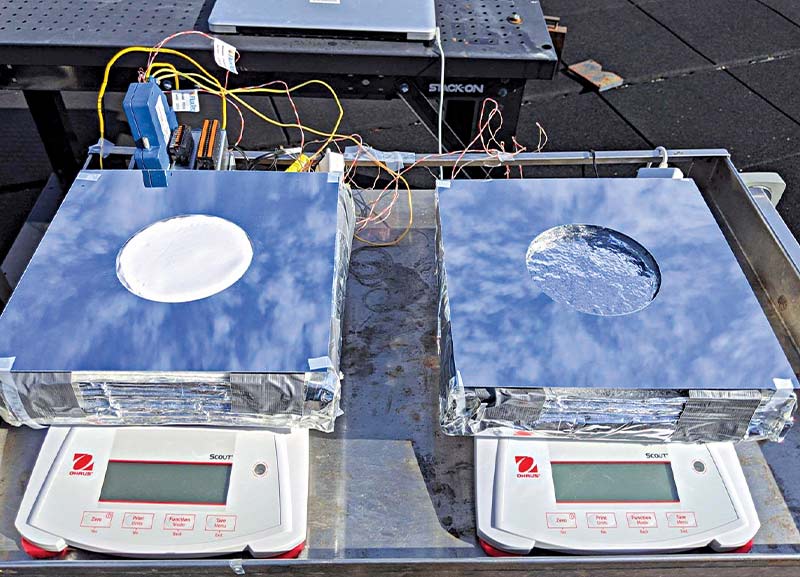In the realm of atomic and molecular physics, the manipulation of atomic speeds plays a crucial role in a variety of applications ranging from quantum computing to the advancement of low-temperature physics. Traditionally, temperature reduction through cooling has been the primary method employed to achieve this modulation. However, the pursuit of alternative methodologies to reduce atomic velocity warrants thorough exploration, particularly in environments where traditional cooling is impractical. This discourse will delineate various alternative techniques with the potency to effectively decrease atomic speeds without the explicit need for cooling mechanisms.
One of the less conventional yet scientifically intriguing strategies involves the application of electric and magnetic fields. The interaction of charged particles, such as ions and electrons, with external electromagnetic fields can result in alterations to their motion. By precisely adjusting the strength and direction of these fields, it is possible to manipulate the trajectories and speeds of the atoms within an experimental setup. For instance, in a configuration known as “electrostatic cooling,” an electric field can be employed to decelerate charged particles by effectively increasing the energy barrier for their movement, hence leading to a reduction in their kinetic energy.
Magnetic trapping is another emergent strategy gaining traction within this disciplinary niche. In this methodology, magnetic fields are utilized to create traps that confine atoms, typically in their excited states, and prevent them from gaining too much kinetic energy. The dynamics at play involve the intricate interplay of magnetic forces and the quantum mechanical properties of the particles. When atoms are captured within such a magnetic field configuration, they experience a Lorentz force that can significantly dampen their speed through controlled energy dissipation pathways, allowing for modulation without lowering the ambient temperature.
Furthermore, the phenomenon of optical molasses provides an innovative approach. This technique harnesses the momentum of photons to slow down atoms without traditional cooling. Laser beams are tuned to a specific frequency such that they interact with the electronic transitions of the atoms, effectively resulting in a force that opposes atomic motion. When atoms absorb and subsequently re-emit photons, their momentum is altered. By configuring laser beams in opposing directions, it creates a viscous medium resembling molasses, thus allowing for controlled deceleration. This method, often employed in the field of laser cooling, cleverly circumvents the need for cryogenic temperatures while achieving a significant reduction in atomic speeds.
Transitioning from optical methods, one must also consider the role of sound waves, specifically in the form of acoustic cooling. This method involves the use of standing sound waves to manipulate atomic velocities. By generating nodes and antinodes in a medium, it produces regions of high and low pressure that create a net force on the atoms present. When coupled with appropriate frequency and amplitude adjustments, the energy exchange between the acoustic field and the atoms can effectively dampen their movements, leading to reduced speeds. The underlying physics relies heavily on phonon interactions and has been a fertile ground for experimental validation.
An innovative field also gaining recognition is the deployment of resonant cavity systems. By placing atoms within optical or microwave resonators, one can significantly alter the electromagnetic environment in which the atoms exist. These resonators can trap photons that interact with the atoms more efficiently than in free space, resulting in altered dispersion relations for the atomic constituents. The confined electromagnetic modes within these cavities can thus facilitate transitions that preferentially dampen high-energy atomic states, effectively reducing the velocities of the confined atoms without the necessity of cooling them.
Moreover, the rapid advancement of quantum technology has spurred interest in techniques such as coherent population trapping (CPT). CPT is predicated on the interaction between laser fields and an ensemble of atoms, enabling selective depletion of atomic states. By ensuring two-photon resonance conditions, it is possible to manipulate the energy levels in such a way that a population of atoms becomes effectively ‘frozen’ in a coherent superposition, resulting in significantly lower kinetic energy and hence, reduced speed. This phenomenon exemplifies the potential of quantum control methods to extend beyond conventional paradigms, offering novel pathways to manipulate atomic velocities.
In closing, while traditional cooling techniques remain invaluable in the physics of atomic motion, exploring alternative methods can yield equally significant insights and operational capabilities. The diverse strategies outlined here—including electric and magnetic field manipulation, optical molasses, acoustic cooling, resonant cavity techniques, and coherent population trapping—illustrate the innovative breadth of approaches available for reducing atomic speeds. Each method unveils a different facet of atomic behavior woven intricately into the fabric of fundamental physics. As research in these areas progresses, the implications for future technologies, ranging from quantum computing innovations to advancements in materials science, are poised to be profound, signifying a promising direction in the manipulation of matter at the quantum level.












